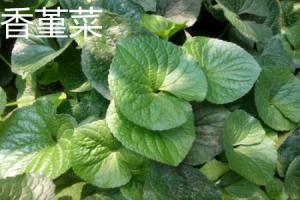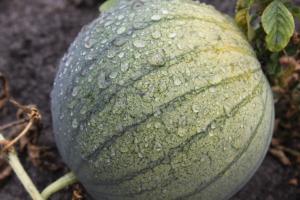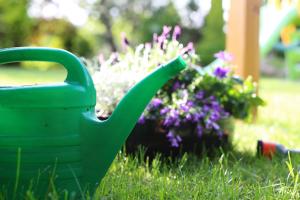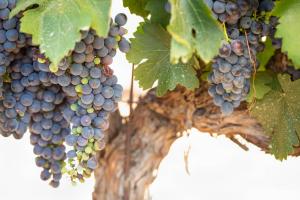1、 Don't misunderstand lignification
Many people think that the flower stems of meat should be tender, and the lignified flower stems become thin and hard, which seems to be an unhealthy performance. This is a big misunderstanding. The lignification of the flower stem of this plant is not only a manifestation of dying, but also a manifestation of more vigorous and healthy vitality
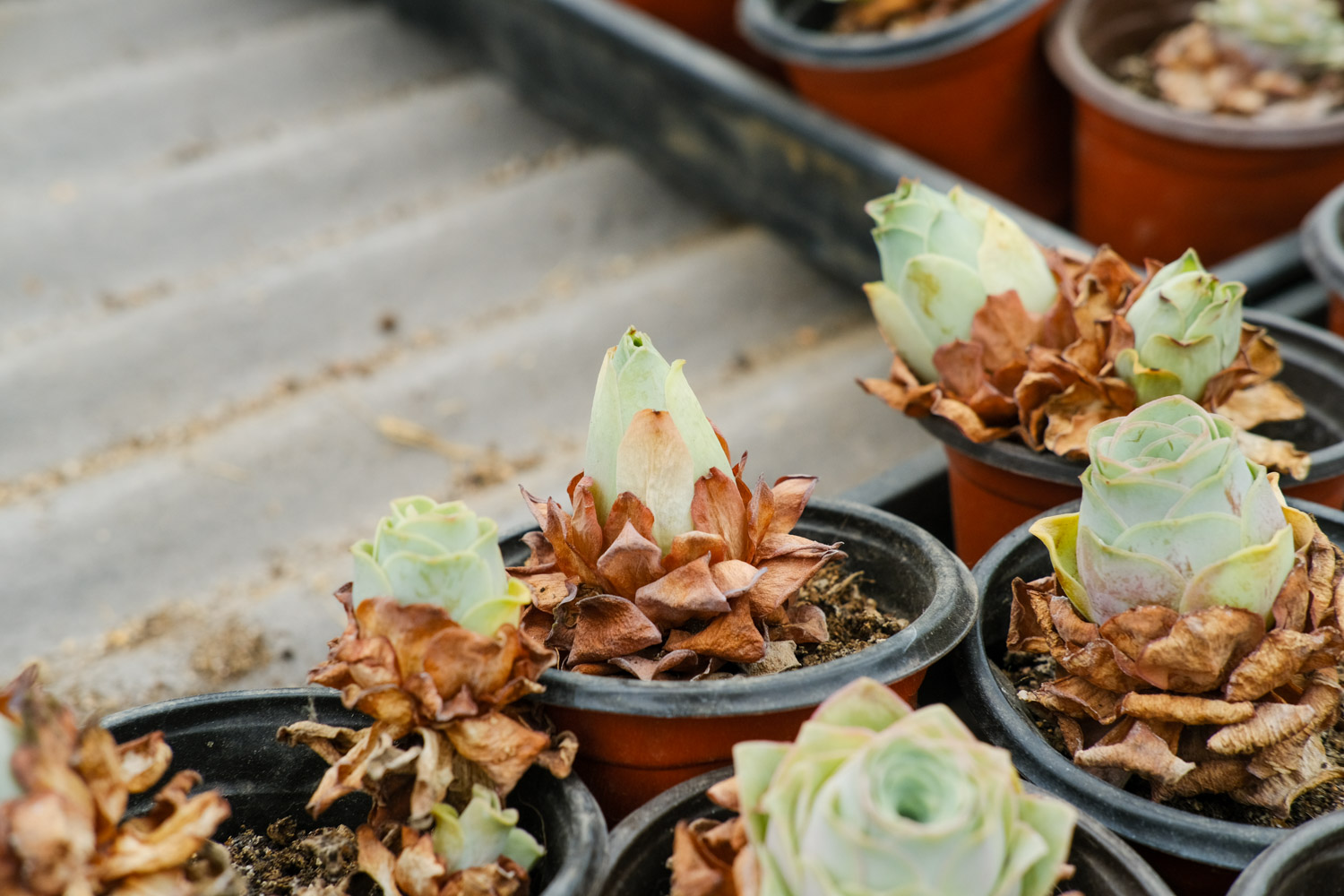
2、 Causes of lignification
Mountain rose itself will produce a kind of lignin, which will slowly Lignify after a little precipitation in the cell wall. After lignification, the branches will become very hard and can bear more pressure. It can well support the rosette of mountain rose, and there will be no more lodging or breaking. For meat mountain rose, lignification is a good thing, not a problem with the plant
In other words, lignification is actually what we usually call "old pile". Tender flower stems without lignification generally become small piles
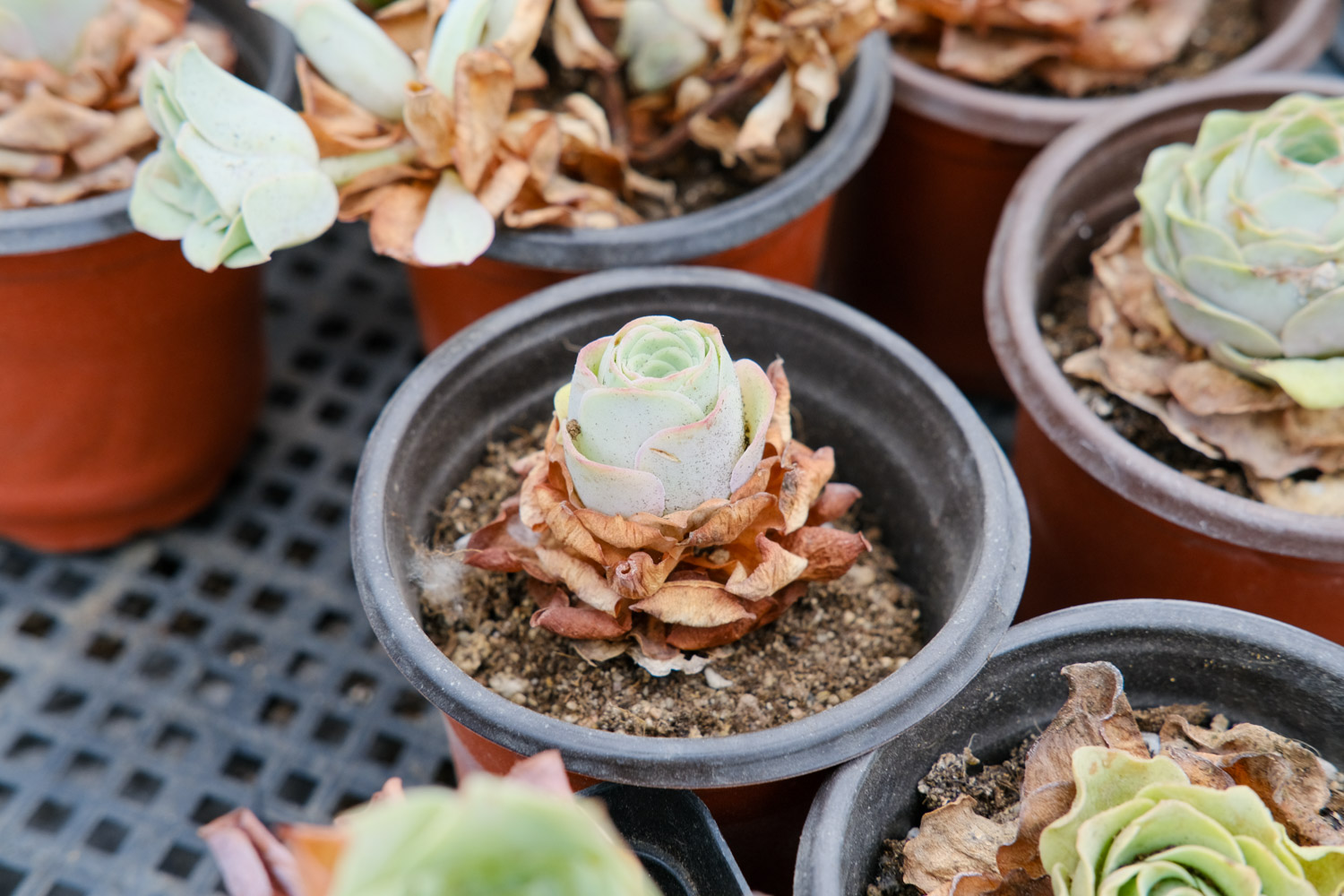
3、 Benefits of lignification
Lignification has many benefits for mountain roses. After the flower stalk is lignified, the compression resistance of the branches will become stronger and the weight will become lighter. Such branches are not easy to break and collapse. After lignification, the elasticity of branches and stems almost disappears, thus avoiding the problem of overgrowth. Sometimes, in order to shape mountain roses, some tender and soft branches need to be fixed to make a favorite shape, but after lignification, they can be shaped, and they can maintain the desired shape without binding and fixing
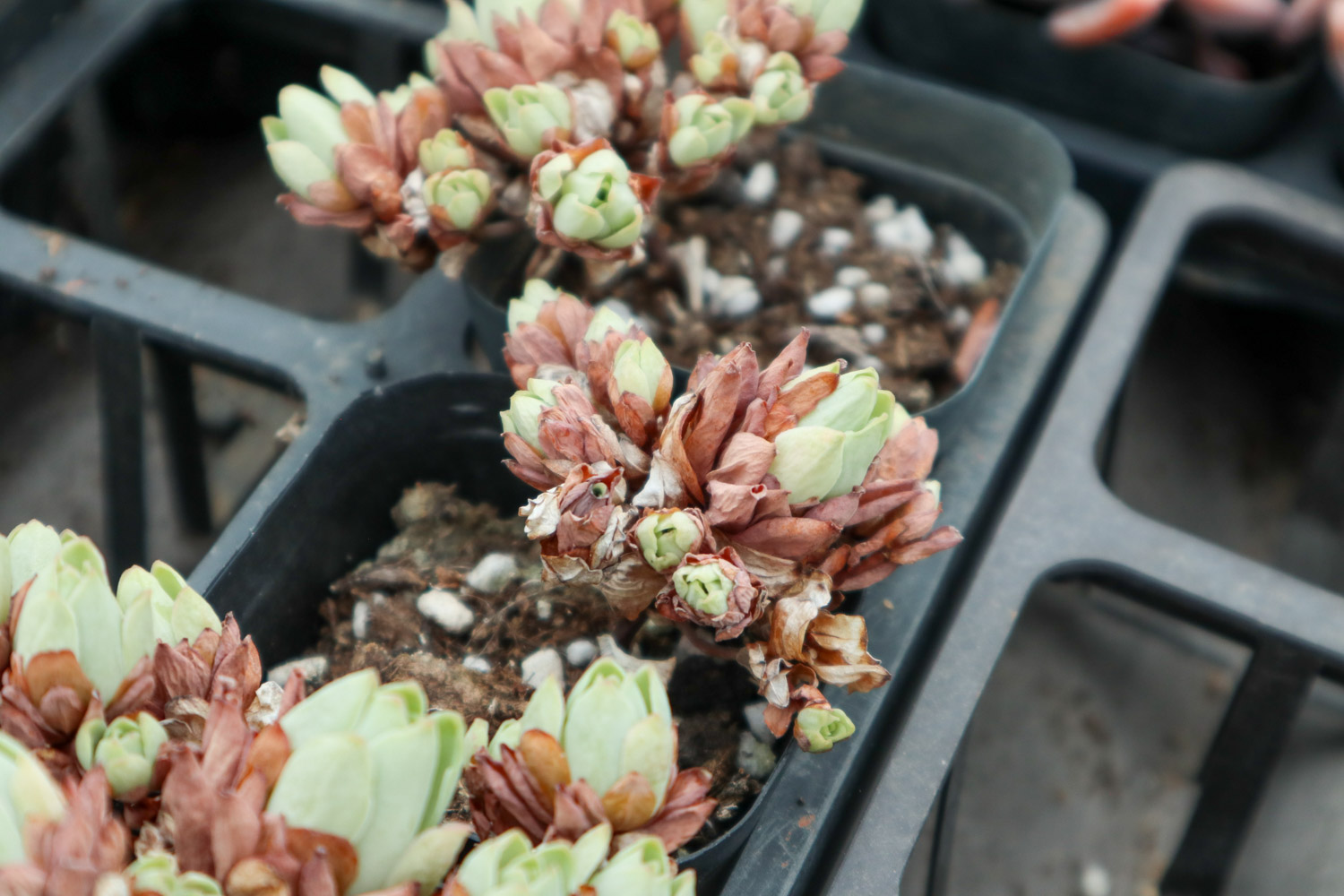
4、 How to generate old piles
If you want to Lignify mountain roses to form old piles as soon as possible, you should pay attention to increasing light, which can promote the formation of lignin and speed up the formation of old piles; Applying nitrogen fertilizer will make mountain roses fat, tender and juicy. Therefore, in order to accelerate the lignification of mountain roses, we should do the opposite and reduce the use of nitrogen
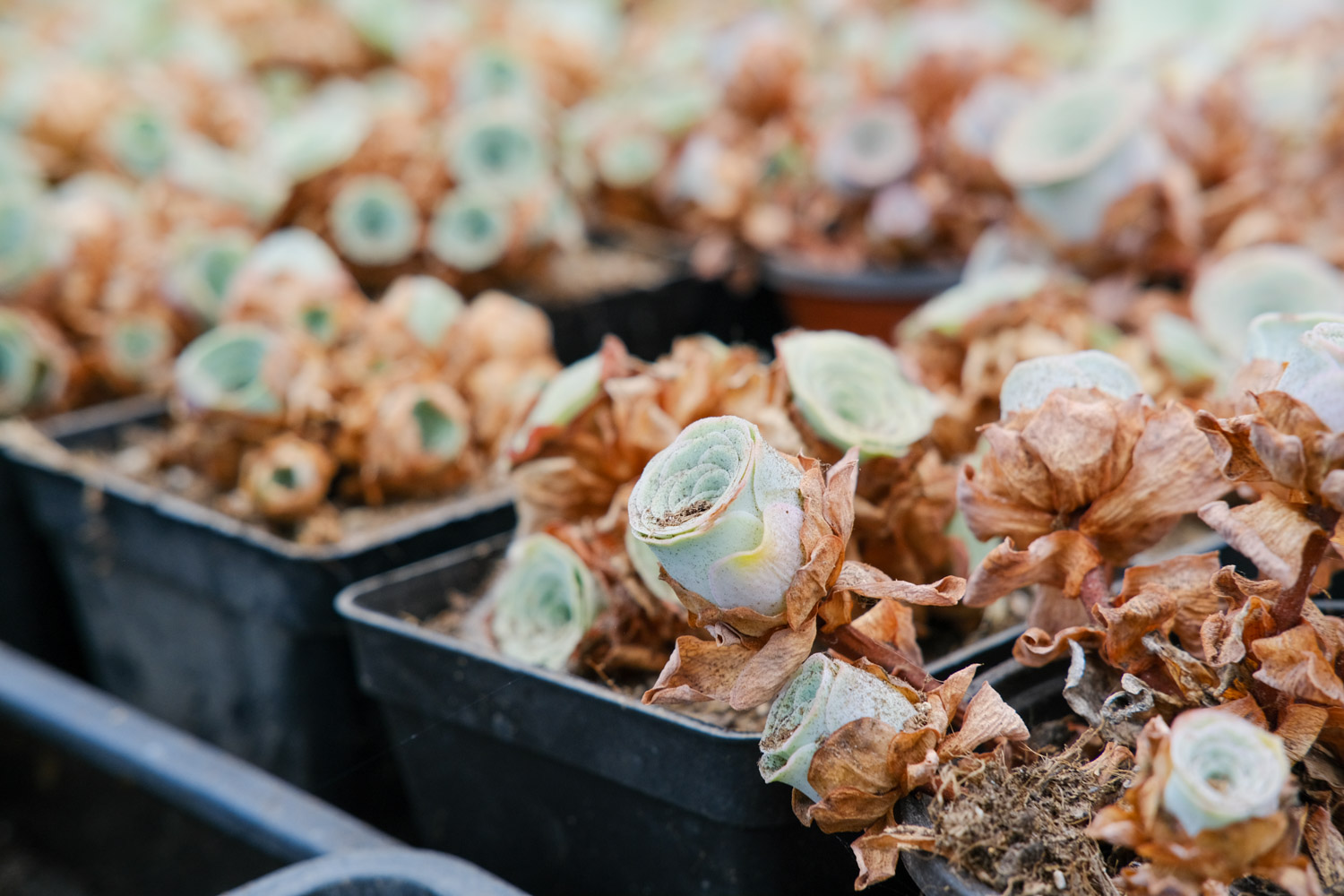
5、 How to distinguish between wilt and lignification
Withering is generally produced locally, and it is usually thinner and weaker than healthy branches, and there are many folds. The rosette on the branches will be short of water and weak because the dead branches stop transporting water, and will not return to health after watering; Lignification means that the whole branch hardens at the same time, and the surface of the branch is relatively smooth and robust, and the rosette flowers on it will continue to grow healthily

 how many times do yo...
how many times do yo... how many planted tre...
how many planted tre... how many pine trees ...
how many pine trees ... how many pecan trees...
how many pecan trees... how many plants comp...
how many plants comp... how many plants can ...
how many plants can ... how many plants and ...
how many plants and ... how many pepper plan...
how many pepper plan...